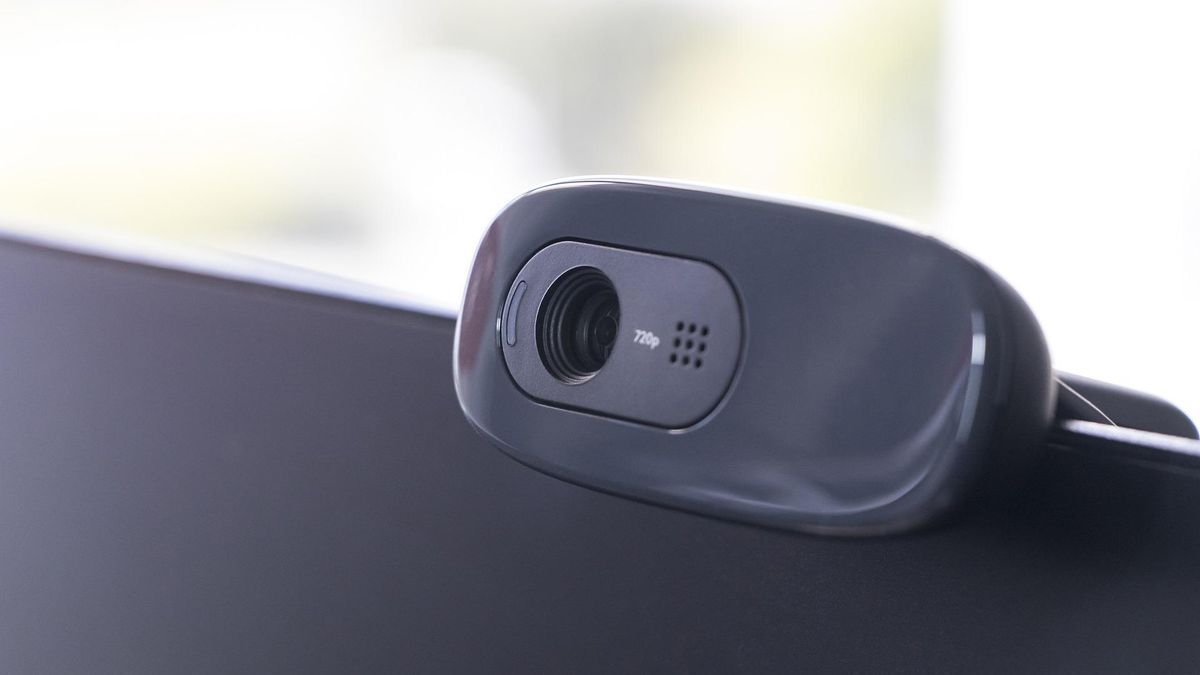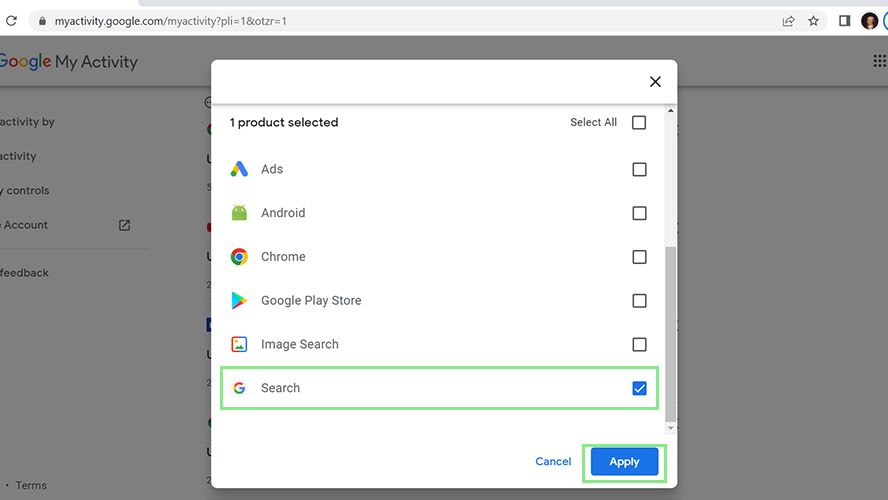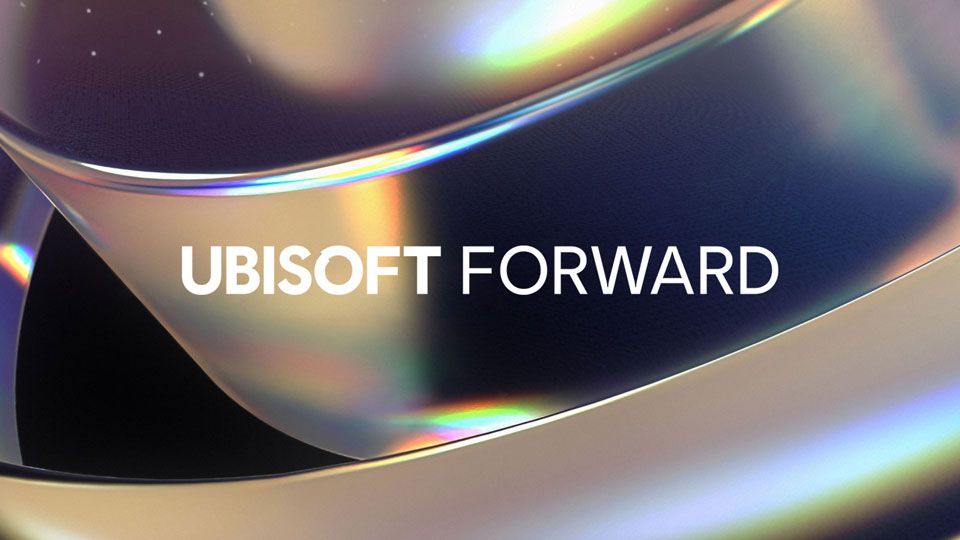Since webcams became the go-to way to present yourself online when setting up a virtual meeting or streaming, there have been many questions surrounding their safety. After all, when you’re using a device with an online connection, it’s natural to wonder if you’re being spied on by a malicious party.
While many laptops now come with privacy shutters, and webcam manufacturers make it difficult for attackers to hack into them, that doesn’t mean even the best webcams can’t be used as a virtual peephole. So, is this really the case, and should you be covering your webcam?
How are webcams hacked?
Unfortunately, it isn’t incredibly difficult to hack a webcam, especially if one’s device security is lacking. Though the process isn’t super simple for the average Joe, it can be a walk in the park for experienced cybercriminals with a certain level of technical knowledge.
Usually, hacking a webcam (or “camfecting”) involves the use of a Remote Access Trojan, or RAT. As the name suggests, a RAT allows you to access and control a device without being physically in front of it.
RATs are often installed without the victim’s knowledge via a Trojan: a vehicle through which an attacker installs malware on a device. Trojans usually come in the form of malicious applications that are designed to look benign.
When the application is downloaded, the malware is also installed, which then gives the attacker administrative control over the target’s device.
Victims can also unknowingly download RAT malware through malicious email attachments. Emails have become a favorite vector for malicious actors looking to steal data or infect devices with malware, and a RAT malware infection is no exception to this rule.
Remote Access Trojans can also be used in other kinds of cybercrime, such as data theft through keystroke logging.
The risks of an uncovered webcam
You may think that your webcam is only active when you’re using it, such as on Zoom or Skype. Many of us have small lights next to our devices’ built-in or plug-in webcams to notify us when they’re active. However, this light can be deceptive, as your webcam can be used without the activation light ever being switched on.
Today, there are many tools out there that cybercriminals can use to access your webcam while bypassing the activation light. This allows them to see whatever is in your webcam’s view without arousing immediate suspicion.
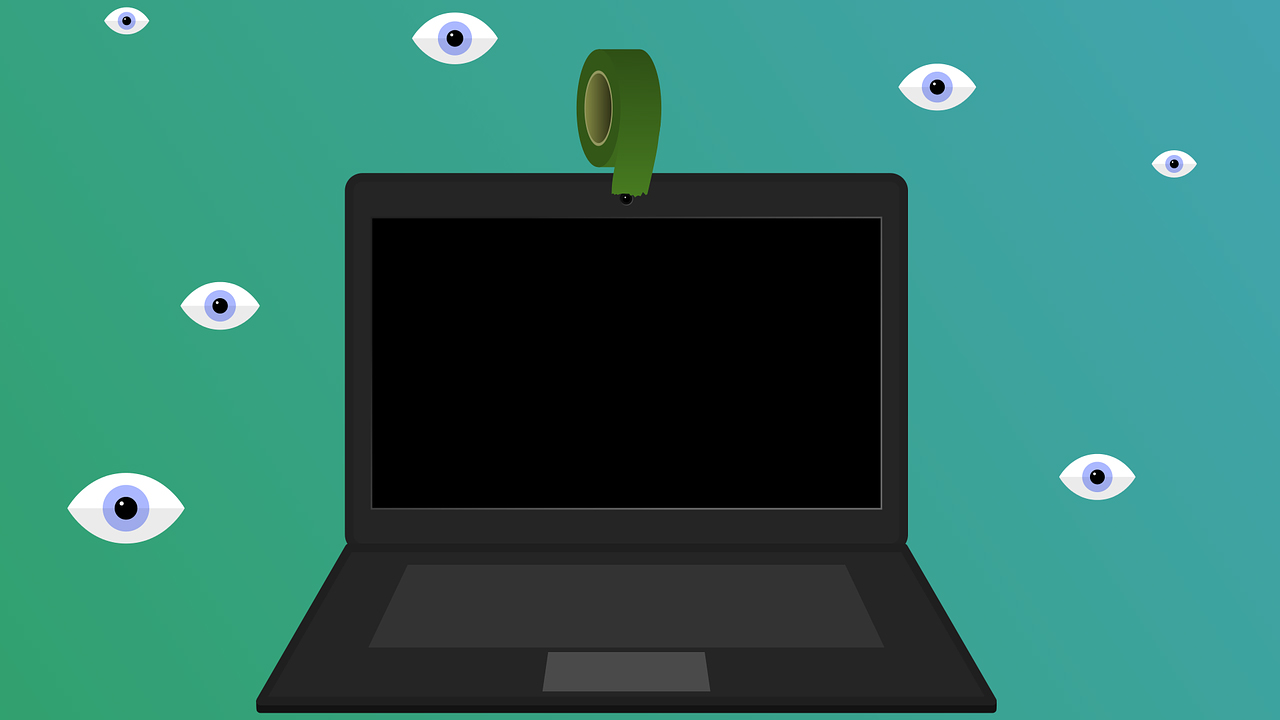
But this doesn’t mean that your webcam light will always be useless in terms of a hack. Sometimes, your webcam light being on when you’re not using it can be indicative of some kind of unauthorized access, so keep an eye out for this when using your devices.
So, what’s the purpose of webcam hacking? What can a cybercriminal really do in this venture?
Of course, the obvious reason why hackers would target your webcam is to gather footage of you and the things that you do. This huge invasion of privacy can be used to the hacker’s advantage in a number of ways.
Firstly, a hacker can record footage of you via your webcam and then blackmail you with it. This is by no means unheard of, and can be very frightening for the victim. As you may have guessed, financial gain is often the goal of this kind of attack, as the victim can be pressured into paying the attacker a sum to keep the footage private.
A hacker will most commonly exploit your webcam to gather sensitive information, such as payment information, home addresses, or other data that they can use to make a profit. After all, when you don’t think you’re being watched, you likely won’t be cautious about what you put on display.
In short, camfecting can very easily put you and your personal information at risk, so it doesn’t hurt to take one key precaution: cover your webcam.
Staying safe from camfecting
Before jumping to the first thing you can think of to cover your camera, remember that some adhesive products can leave a residue or even damage your webcam or irreversibly.
So, avoid using anything with a very strong adhesive, such as duct tape, to cover your webcam. Instead, opt for something a little less intense, like a bookmark post-it note or small sticker. You could also try translucent gift-wrapping tape to obscure your webcam’s view, though this won’t totally block out the picture.
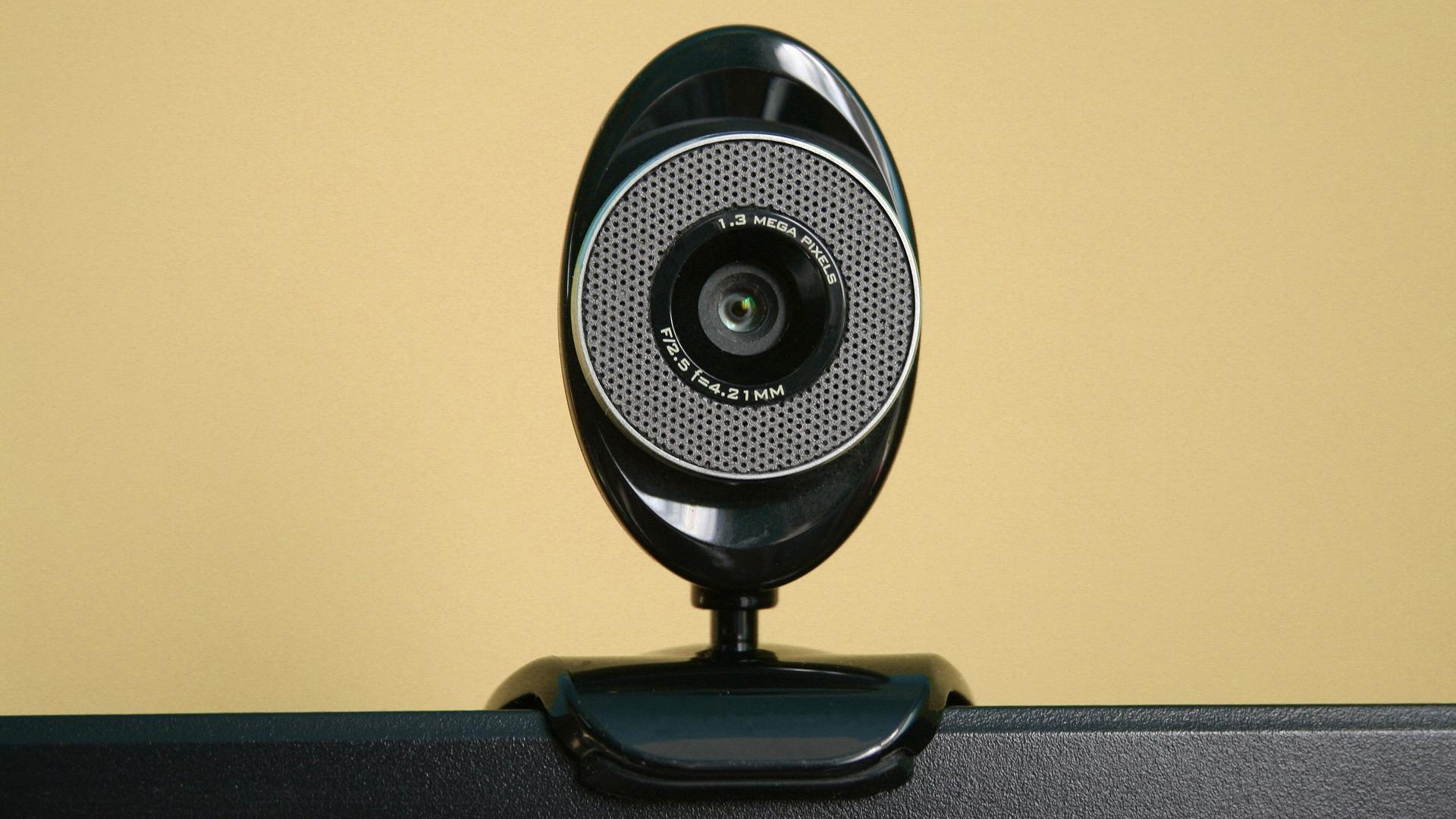
If you have a plug-in instead of a built-in webcam, disconnecting the cord from your device whenever it is not in use can also protect you against camfecting. On the other hand, if your webcam is wireless, make sure you set up a complex password to access it instead of using the default password provided by the seller.
On top of this, it’s important to note that you can drastically lower the chance of a webcam hack by ensuring that your devices’ security defenses are as strong as possible.
This involves using antivirus software and a firewall, only downloading programs from trusted sites, and regularly checking your device for unusual new software (as malicious applications are often used to activate Trojans). You should also be wary of any links or attachments within emails from unfamiliar senders, as these can contain RATs.
Taking such simple steps can greatly reduce the chance of your webcam being hacked, and can hence keep you and your sensitive data safe.
Stay safe and private by covering your webcam
Though it may seem a little extreme to cover up your webcam, the risk of camfection, and subsequently, the loss of your privacy, is very real, and should therefore be taken into account. After all, with cybercrimes growing exponentially year after year, it’s always wise to protect yourself in whatever way you can when using your devices.

